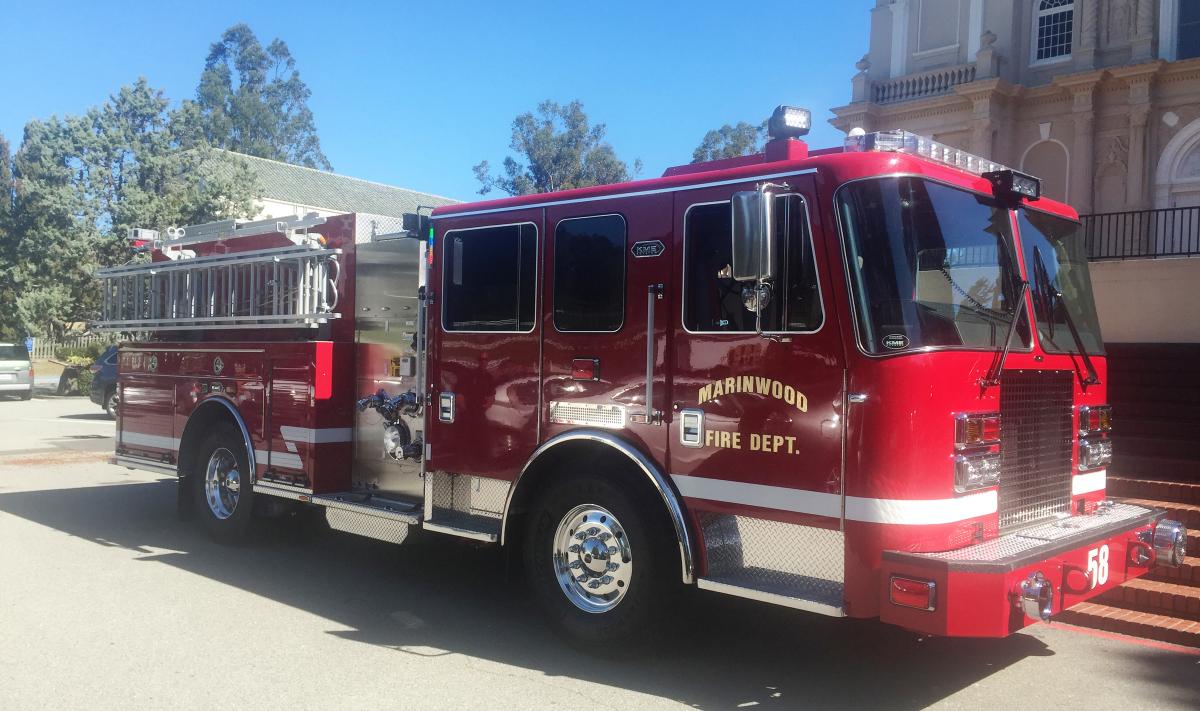Knowing what to do is the key to surviving a fire emergency. Conducting regular fire drills will give you the knowledge and confidence to escape a fire safely. Other reasons for evacuating buildings include natural gas leaks, earthquakes, hazardous material spills and storms. There are two steps for a good evacuation program - planning and practice.
Planning gives you the information you need ahead of time to evacuate safely.
- In the workplace, employees and supervisors should plan together for exiting their worksite. At school, involve all school staff including teachers, administrative and office workers, and the maintenance and food service staff.
- Working together, design an evacuation plan to meet the specific needs of your building and your occupants. Make the plan clear and concise. Review the plan and walk through the exit procedure to make sure that everyone knows what to do.
- Each building, whether it be a school, workplace or multi-family living unit, should have a posted exit diagram (plan) and everyone should be familiar with it.
- Be sure that smoke detectors are installed and maintained. Know the sound of the fire alarm. Everyone should recognize and respond to the sound of the smoke detector or other fire alarm immediately. Immediate response is vital for a quick, orderly evacuation.
- Everyone should exit in an orderly manner to prevent confusion and minimize panic or injury. No one should push their way out an exit. Single file lines are best in controlling traffic to the exits.
- Consider special needs people. When developing your escape plan, remember that younger, older, or disabled people may need special assistance. Anyone with special needs should be located as close to an exit as possible. Train others to give special assistance with evacuation.
- Be sure to know two ways out. There should be two ways out of every area of the home, school, or workplace. If the primary exit is blocked by smoke or fire, use your second exit. Point out all emergency exits as you walk through the emergency procedure.
- Always use the stairways to exit multi-story buildings. Do not use an elevator. An elevator may stop between floors, or go to the fire floor and stop with the doors open.
- If a room or corridor is filled with smoke, crawl low on your hands and knees to exit. The cleaner air is closer to the ground.
- Plan your meeting place. A designated meeting place outside the building is a vital part of an evacuation plan. Count heads. Be aware of who is there (hopefully everybody will be accounted for) and who is not there. When the fire department arrives, you can report if there is anyone missing.
- Know what to do if you can't escape. You'll need to plan your actions in case immediate escape is impossible. If possible, for example, stay in a room with an outside window and always close doors between you and the fire. Think about what you could use - sheets, towels, curtains, or even large pieces of clothing - to stuff around cracks near the door and wave as a signal to rescuers. Know how to open the window to ventilate smoke, but be prepared to close the window immediately if an open window makes the room smokier. If there is a phone, call the fire department with your location, even if firefighters are already on the scene. Remember, stay low in smoke until you're rescued.
Practice to make sure that everyone knows what to do.
- Have fire drills. Practice your fire escape periodically throughout the year. Remember, the element of surprise simulates a real fire and adds essential realism to your fire drill program.
- Appoint someone to monitor the drill. This person will sound the alarm and make the drill realistic by requiring participants to use their second way out or to crawl low. This could be done by having someone hold up a sign reading "smoke" or "exit blocked by fire." The monitor also will measure how long complete evacuation takes.
- Coordinate arrangements for fire drills in apartments or other multi-family homes, in schools or in workplaces with the local fire department.
- After the evacuation, take a head count at the designated meeting place(s) to account for everyone's participation and safe evacuation.
- When everyone is back inside the building after the drill, gather everyone together to discuss any questions or problems that occurred during the drill. Redesign the drill procedures as needed. Make the next fire drill even more effective.
- Remember, once you are outside, stay outside. Don't go back in until the proper authorities say it is okay.

